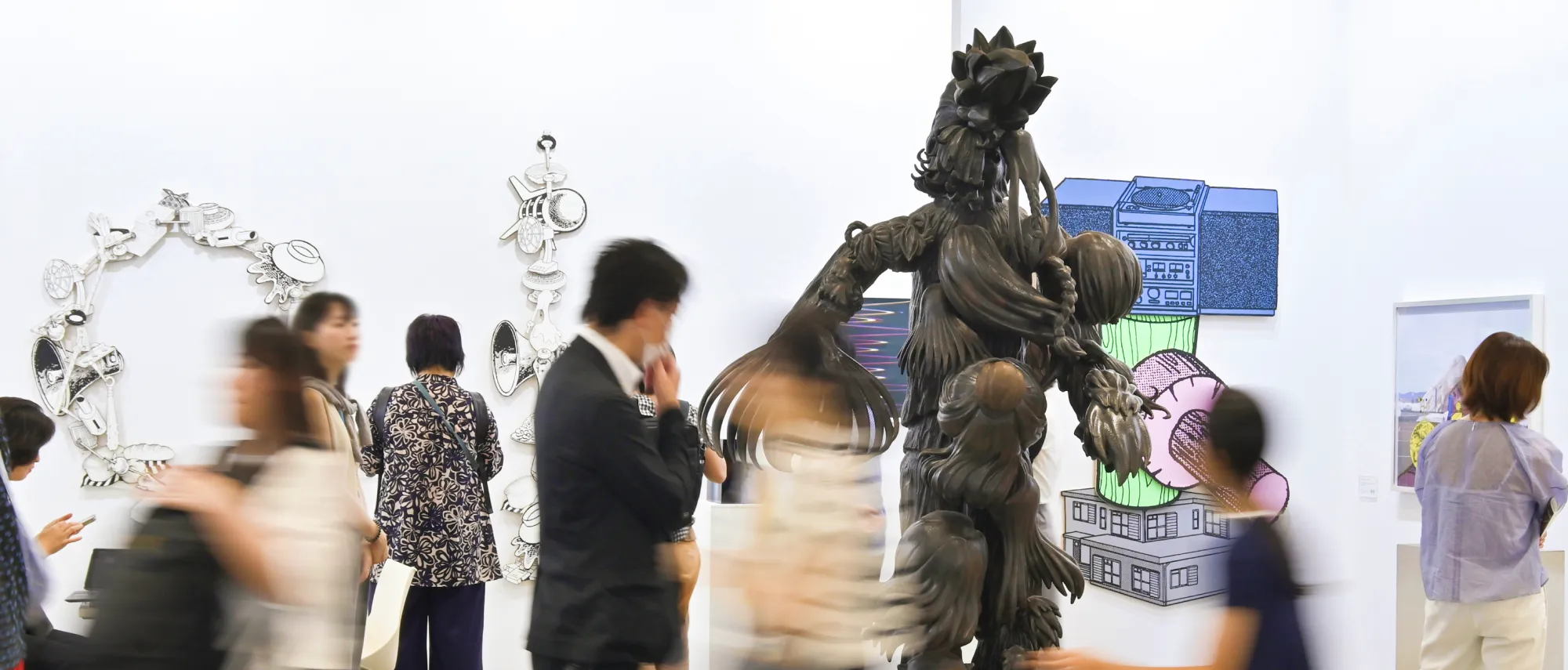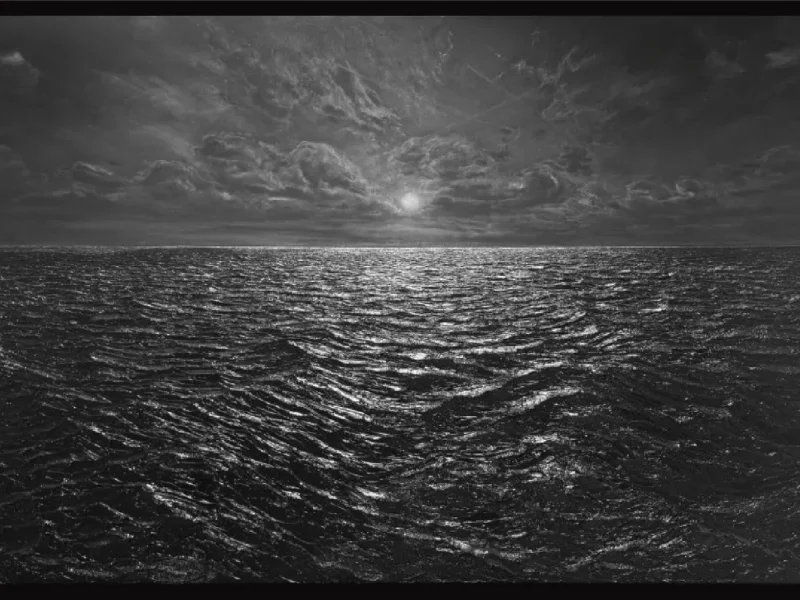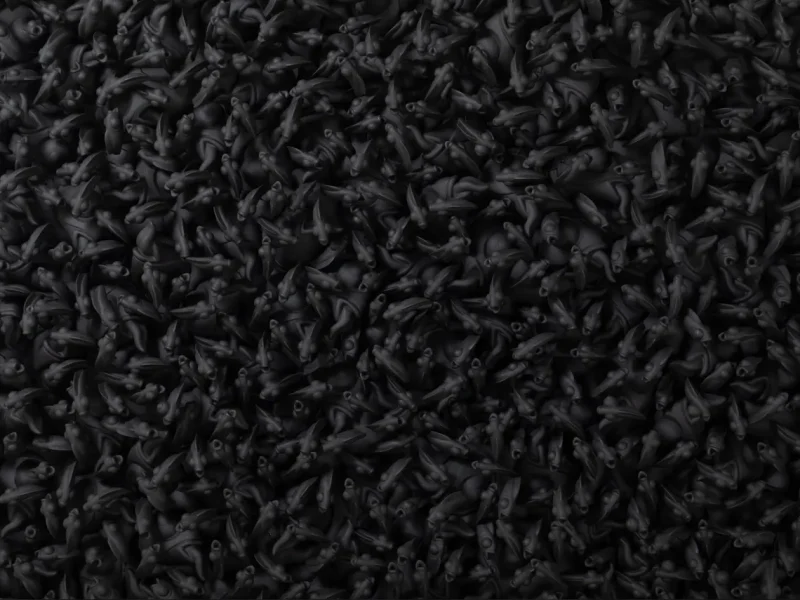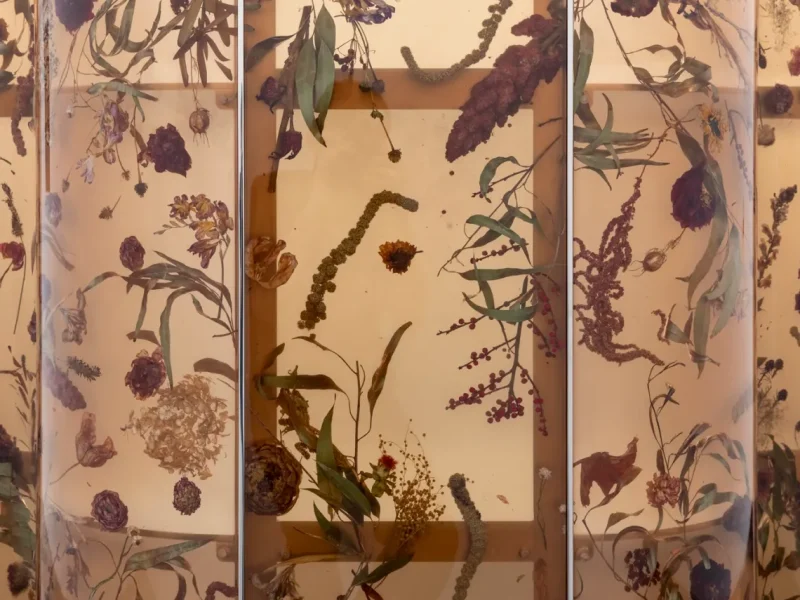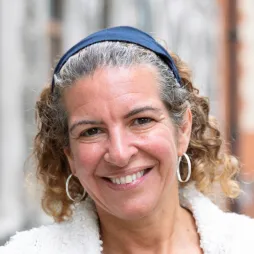
by Melanie Gerlis, art market journalist and author
For most of the world’s art market, 2024 proved a gloomy year. Sales globally slumped 12%, according to the industry’s annual Art Basel & UBS report, with hubs such as the US and China down 9% and 31% respectively. Standing out as a geographic exception to the rule was Japan, where sales overall were up 2% on the previous year and by a relatively stunning 7% for its gallery sector.
“There were a few positive pockets last year, notably Japan, where the government has been fully behind boosting the market,” says Clare McAndrew, founder of Arts Economics and the author of the annual tome.
Such efforts seem to be paying off. While Japan has a long history of culture and collecting, there is a new-found energy in its contemporary scene. “It is unrecognisable from 30 years ago,” says the homegrown Takayuki Ishii, who founded Taka Ishii Gallery in Tokyo in 1994. He is now a staple on the international art stage while putting energy into projects that encourage the next generation of Japan’s gallerists. Last year, his gallery joined forces with Tomio Koyama Gallery and two younger outfits launched by their former employees—KOSAKU KANECHIKA (founded in 2017) and Yutaka Kikutake Gallery (founded in 2015)—to create a new gallery hub in the TODA BUILDING in Tokyo’s Kyobashi area.
Such a spirit of collaboration is a distinction of Japan’s art scene, notes Eri Takane, director of Tokyo Gendai, which runs its third edition in September. “We all help each other, and we perhaps lean towards an Asian mindset of collectivism over individualism,” she says. Her fair too is focused on partnerships, within and outside of Japan, and this year links with the coinciding opening of the art festival Aichi Triennale 2025. Tokyo Gendai is also strengthening ties with Korea, inviting 10 Korean galleries to join its event this year as part of a new collaboration with Art Busan, and moved its dates to the second week of September, just after the fourth edition of Frieze in Seoul.
Western galleries have certainly taken note of Japan’s energised cultural scene. Last year, Pace Gallery opened in the Azabudai Hills development, also organising in collaboration with Azabudai Hillis Gallery a landmark show of work by Alexander Calder. This year’s international additions include Ceysson & Bénétière, which opened its first Asian outpost in Ginza in May. “We did the fair [Tokyo Gendai] for the first two years and successfully sold to people from Japan, and also Korea, Singapore, Taiwan and China. Tokyo is really an Asian hub for us,” says gallery director Loïc Garrier of their decision to open a permanent space in town.
Ishii describes the local and international market scene today as “almost unimaginable.” He adds: “In the 1990s, we just did the Armory Show [in New York]. Now we do about eight fairs a year,” including Tokyo Gendai from its inception. Ishii recalls, nostalgically, that “we had so much more time, waiting for a fax or images to come by FedEx [courier].” A familiar fixture on the scene, he says that Japan’s buyers “are comfortable buying below $300,000” at his gallery, with some artists, such as the British painter Jadé Fadojutimi, commanding even higher prices.
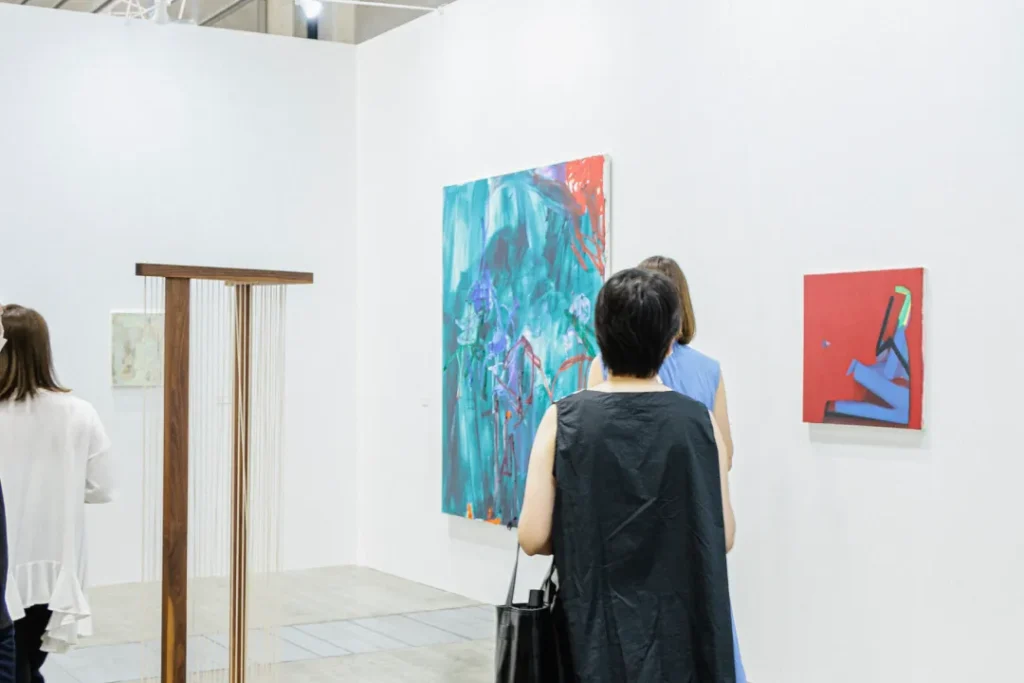
Garrier and Takane identify a younger generation of buyers in their 30s and 40s, now making their presence felt on the local scene. Leo Lewis, Tokyo bureau chief for the Financial Times, sees this coinciding with “a lot of pent-up IPOs [businesses launching on the stock exchange] after the Covid-19 pandemic”. This, he says, “minted a lot of young millionaires very quickly”.
These younger buyers are attracted by artists of their own generation, Garrier says. He cites their French photographer Aurélie Pétrel (b. 1980) as particularly popular with the next generation, and around the world. Lower price points help, something that Magnus Renfrew, co-founder of Tokyo Gendai, says applies to today’s Japanese artists relative to some of their international peers. “There is still value to be had,” he says.
That may not be the case for long as Japan’s contemporary artists are increasingly seen on the international stage. The latest auction sensation is Yu Nishimura, born in Kanagawa in 1982, who paints haunting and semi-blurred, figurative scenes. In February, Nishimura’s auction record was set at $296,100 for “Sandy beach” (2020), only for this to be beaten again just a few months later, when his nearly two-metre high “across the place” (2023) sold for $406,400, far exceeding its low estimate of $50,000.

In the interim, the artist was officially signed up by the mega gallerist David Zwirner following, Zwirner said, an introduction to Nishimura’s work by his daughter. For the London sales season in June, both Sotheby’s and Christie’s had a Nishimura painting as their opening lot, generally reserved for an in-demand artist (both sold above their pre-sale estimates). Meanwhile, in London alone, major institutions are fielding solo exhibitions of artists from Utagawa Hiroshige (British Museum) to the contemporary sensation Yoshitomo Nara (Hayward Gallery).
Looking ahead, there is some concern that Japan’s economy—while fundamentally stable—has lost its post pandemic flush. “The Yen is weak, which is great for tourists but less so for locals. Inflation, in a country that isn’t used to it, is also beginning to impact negatively,” Lewis says, noting, for example, that the average price of rice has doubled since this time last year. The effects of US trade tariffs—which remain changeable—have also sparked fears of a damaging trade war.
Relative to the rest of the world though, Japan is still looking like a good bet. “Everywhere people are making decisions slower than before, and in New York business is really quite difficult. But for us, we opened in Asia at the perfect moment,” Garrier says. He notes too that by cultivating a younger generation of buyers, the longer-term prospects are particularly good—”they are super young, so we could keep them for 40 years,” he says. Renfrew is similarly looking beyond the immediate term. “Japan has the benefit of psychological reach—it is on everybody’s bucket list—and in the last couple of years, people have been really struck by the quality of the output of its artists. That is a big draw for regional and global visitors and we are building, step by step.”

